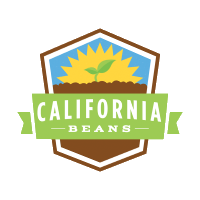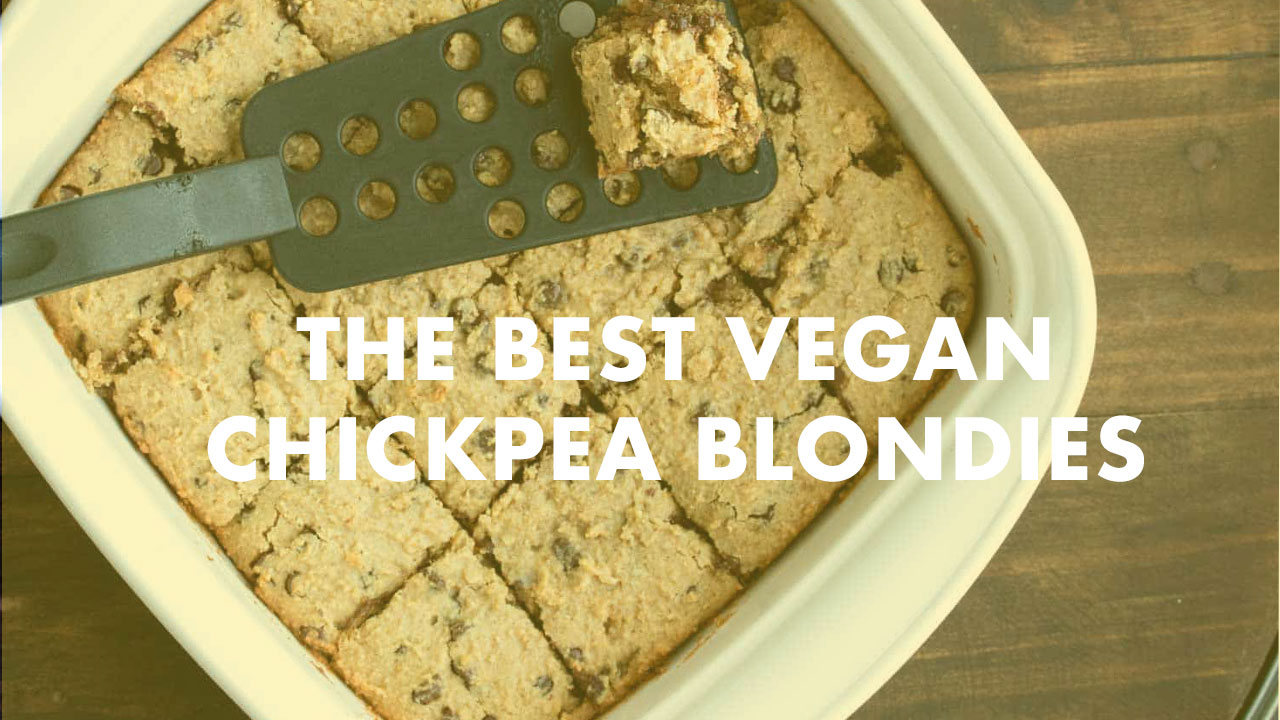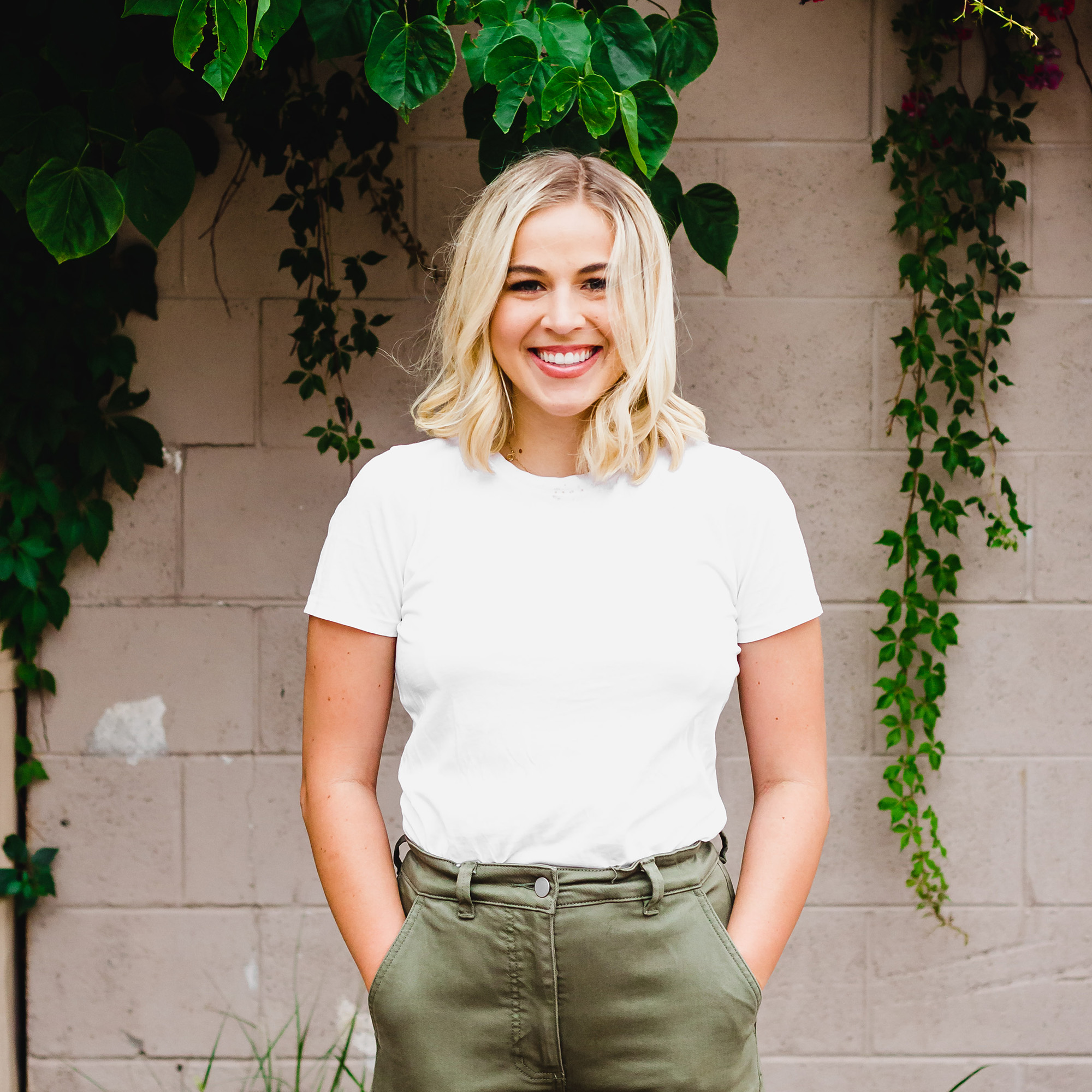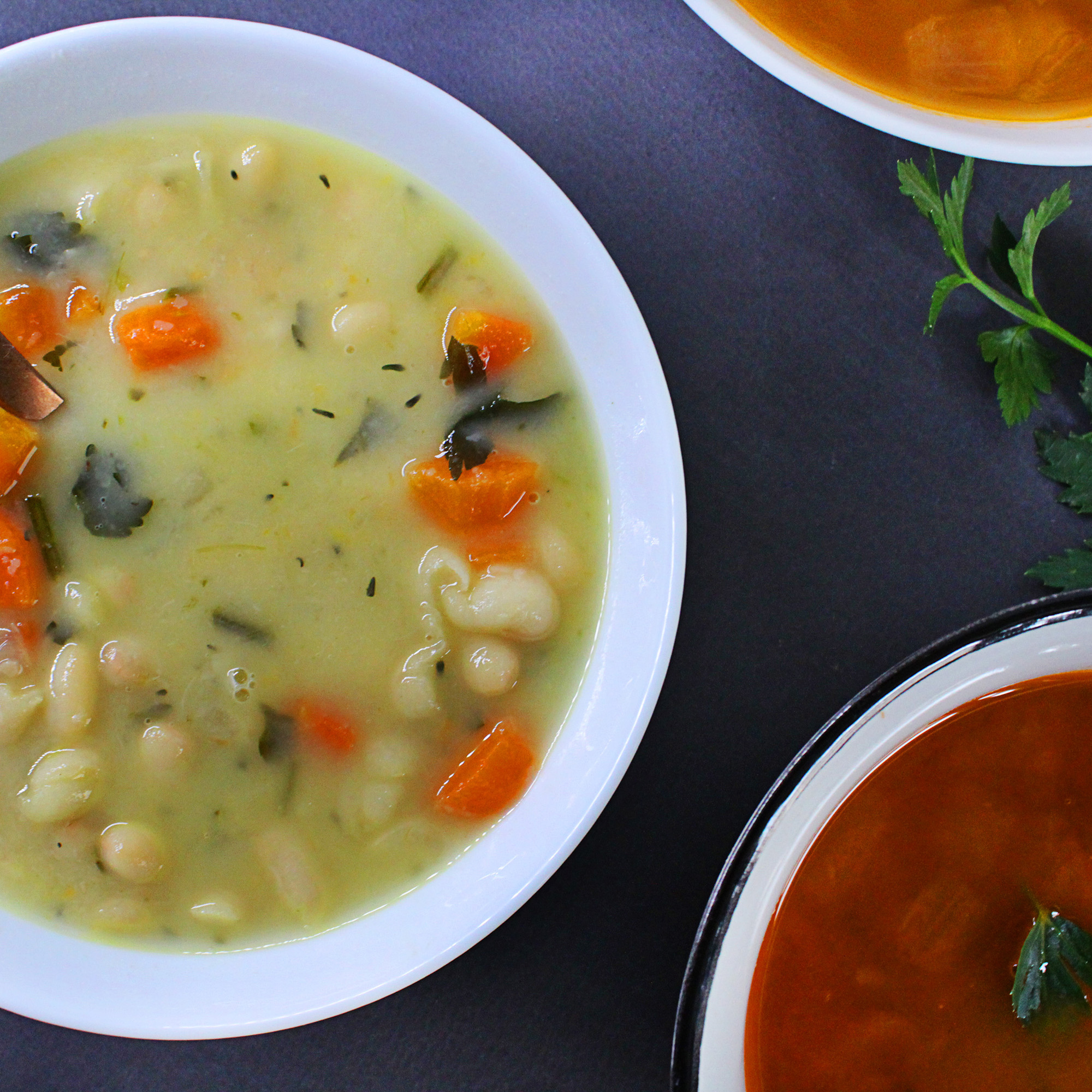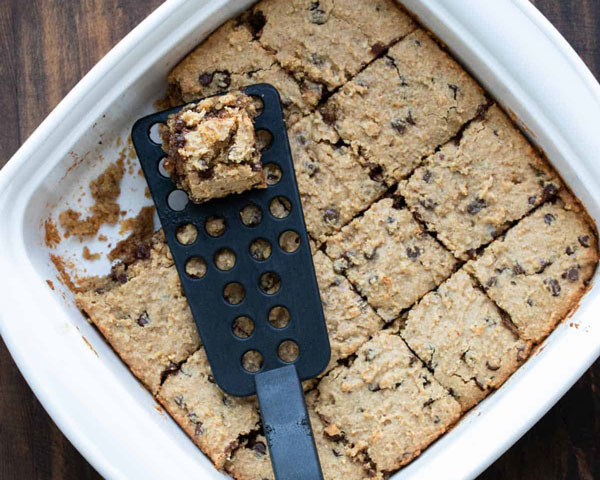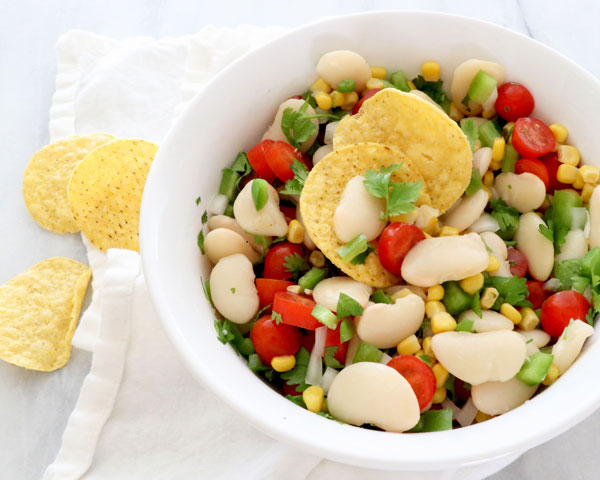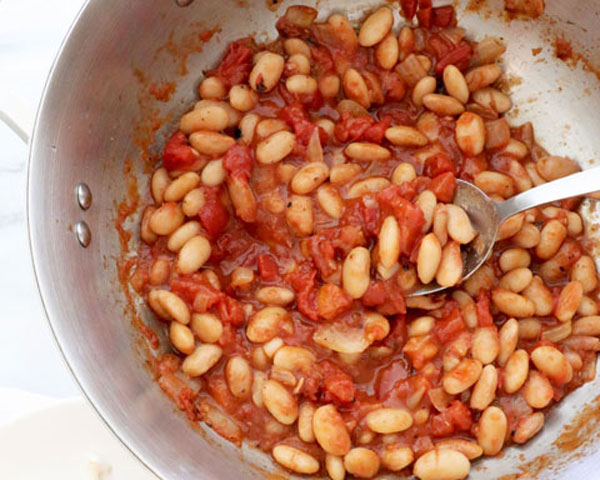
GET TO KNOW MARILYN
Marilyn is a farmer’s daughter and proud of that title. Her family has been growing crops in California since her grandfather immigrated from Spain in the early 1900s. Growing up in the small farming town of Crows Landing meant that most, if not all, of her friends’ parents, were in some way connected to agriculture. She used to love riding around in the pickup with my dad to check the irrigation water on the crops he raised and riding in the big bean truck to deliver lima beans to the warehouse at harvest.
Marilyn honed her baking skills at a young age, a hobby she continues today. “I always say that baking is cheaper than therapy!” Marilyn shared with us. She has helped pioneer incorporating beans into traditional baking recipes as a healthier substitute for other fats.
When buying dry beans, inspect the package and look for firm, clean, whole beans that are uniform in size and color. Check the packaging date. Dry beans in their original packaging have a shelf life of one year.
The average cost to cook one pound of beans is $1.99. Beans offer 35.5 grams of protein per dollar, whereas chicken offers 32.4 grams of protein per dollar.
Blackeyes require a different method of soaking called the blackeye hot wash method.
Directions: Total soaking time is about 45 minutes. Cover the beans with sufficient water, which is about an inch over the beans, and boil for 3 to 4 minutes. After boiling, discard the soak water and cook in beef, chicken or vegetable broth. If your recipe calls for other ingredients, add them to the broth-and-beans mixture just as if you were cooking with plain water.
For certain people, beans that are not handled correctly could cause discomfort. During the hot soak process, many of the indigestible, complex sugars in beans are dissolved into the water. To avoid discomfort, discard the “soak water” and rinse the beans thoroughly with cold water before using.
Test beans frequently while cooking, and then decide when beans are well-seasoned and tender enough for your liking and not crunchy. This is a personal preference!
If you look at our Hot Soak Method we do say to add salt, but for any other soaking method do not add salt in the water until the beans are cooked. Adding salt too soon can increase the time it takes to cook your beans and may make them tough. This is even more apt to happen if the beans are over a year old. Of course, after the soak and when cooking, add as much salt as you desire!
Sometimes adding tomato products (sauce, paste, diced or stewed tomatoes) before the beans are cooked adds to the total cooking time.
Yes, soak black beans in the refrigerator so they do not ferment.Add hot water or stock during the cooking process, not cold.
Dry beans expand to about 2 ½ times their original size when soaked. Some varieties of beans, such as garbanzos, will expand even more.
Yes, soak black beans in the refrigerator so they do not ferment.
Add hot water or stock during the cooking process, not cold.
Dry beans expand to about 2 ½ times their original size when soaked. Some varieties of beans, such as garbanzos, will expand even more.
Always wash the beans before soaking to remove any possible dirt from harvesting.
A fun, healthy trick is to add pureed beans to meat dishes such as meatloaf or hamburger to add more protein.
Occasionally broken beans (splits) will be found with your beans. Broken or wrinkled beans will seldom affect the appearance, taste or nutritional quality of the finished bean dish.
Keep in mind that beans expand at least twice their size. One pound of dried beans is equivalent to approximately 2 cups dried and 5 cups cooked.
